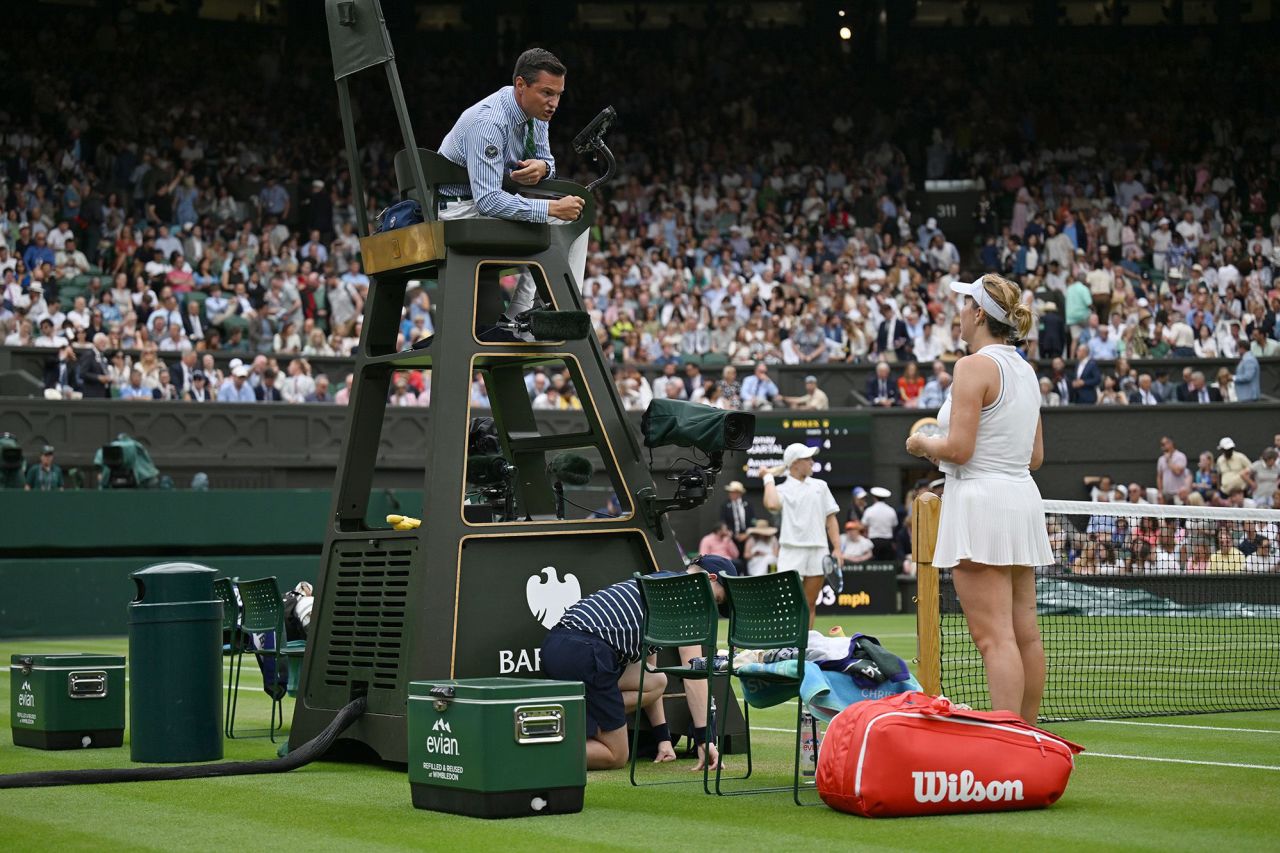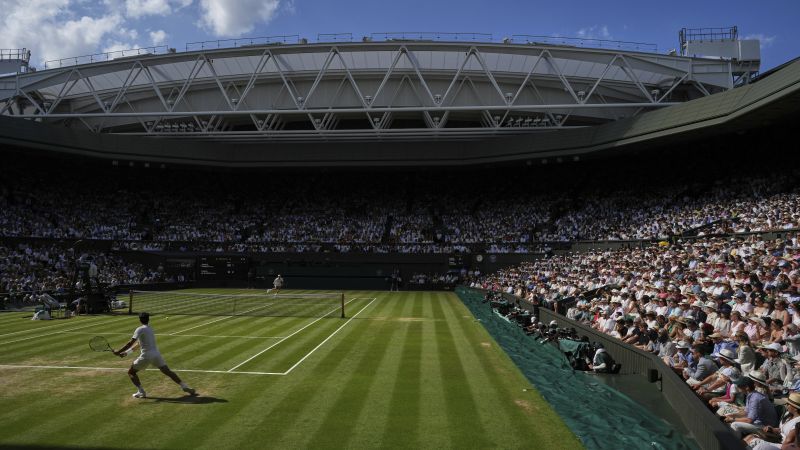
An automated line-calling system has replaced human line judges at Wimbledon this year, and it’s fair to say the transition hasn’t been entirely smooth.
Even before the first matches got underway, many felt that parting with line umpires — a mainstay of Wimbledon’s 148-year history — would make the tournament poorer.
“At the end of the day, a tennis match is sport, and sport is about people,” Pauline Eyre, a former line judge who officiated at Wimbledon on 16 occasions, told CNN Sports. “And I don’t think technology necessarily makes everything better. I don’t think it’s improving the quality of the line-calling, because line-calling was always excellent.”
During the tournament itself, there have been teething issues with the new technology. The most notable came during the fourth-round contest between Russian Anastasia Pavlyuchenkova and Great Britain’s Sonay Kartal, when the electronic line-calling system was turned off.
Wimbledon organizers later explained that a “human error” had resulted in no call being made when Kartal hit a backhand long, but the incident ultimately cost Pavlyuchenkova the game when the point was replayed.
An apology was later made to the players, and organizers removed the ability for Hawk-Eye operators to manually deactivate the ball tracking.
The technology also faltered during last Tuesday’s quarterfinal between American Taylor Fritz and Russian Karen Khachanov. With Fritz serving in the fourth set, the system called “fault” mid-point, forcing umpire Louise Azemar-Engzell to intervene.
It’s not been unusual to hear rogue calls from the automated system at matches over the course of the tournament, too. “Out” and “fault” calls have sometimes been heard at strange moments in the match, causing confusion among players and laughs from spectators.
Read more here:

